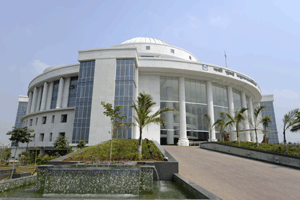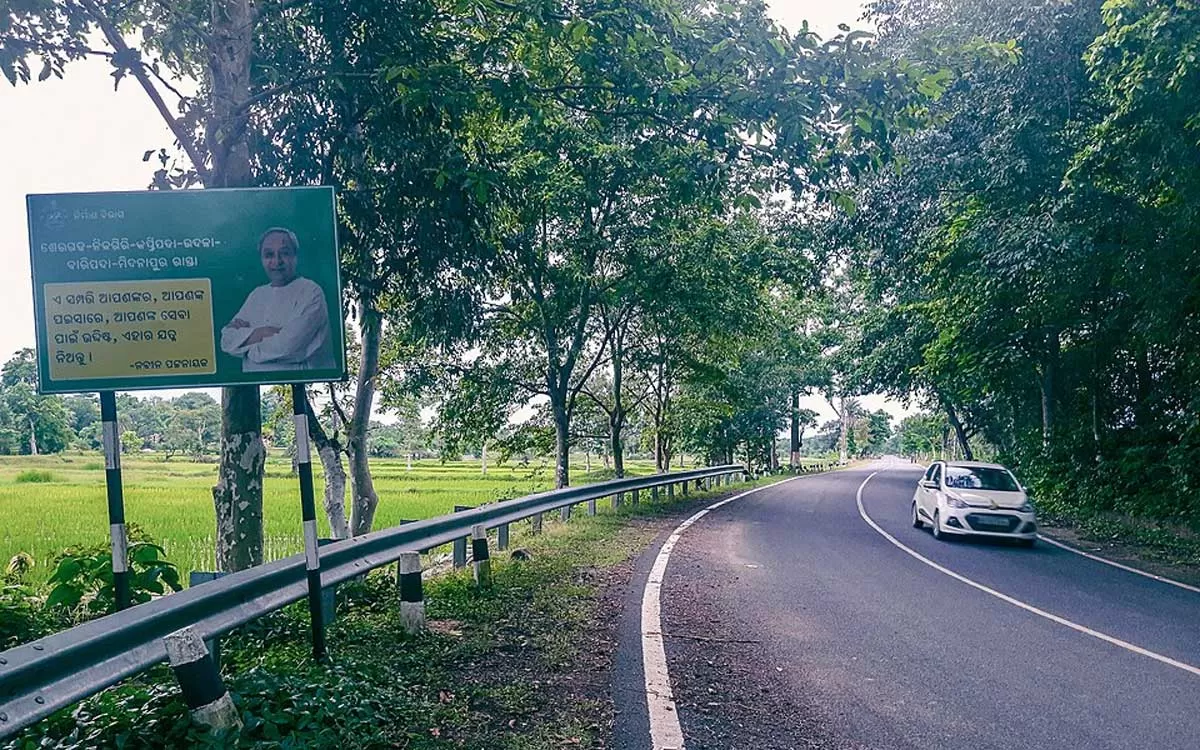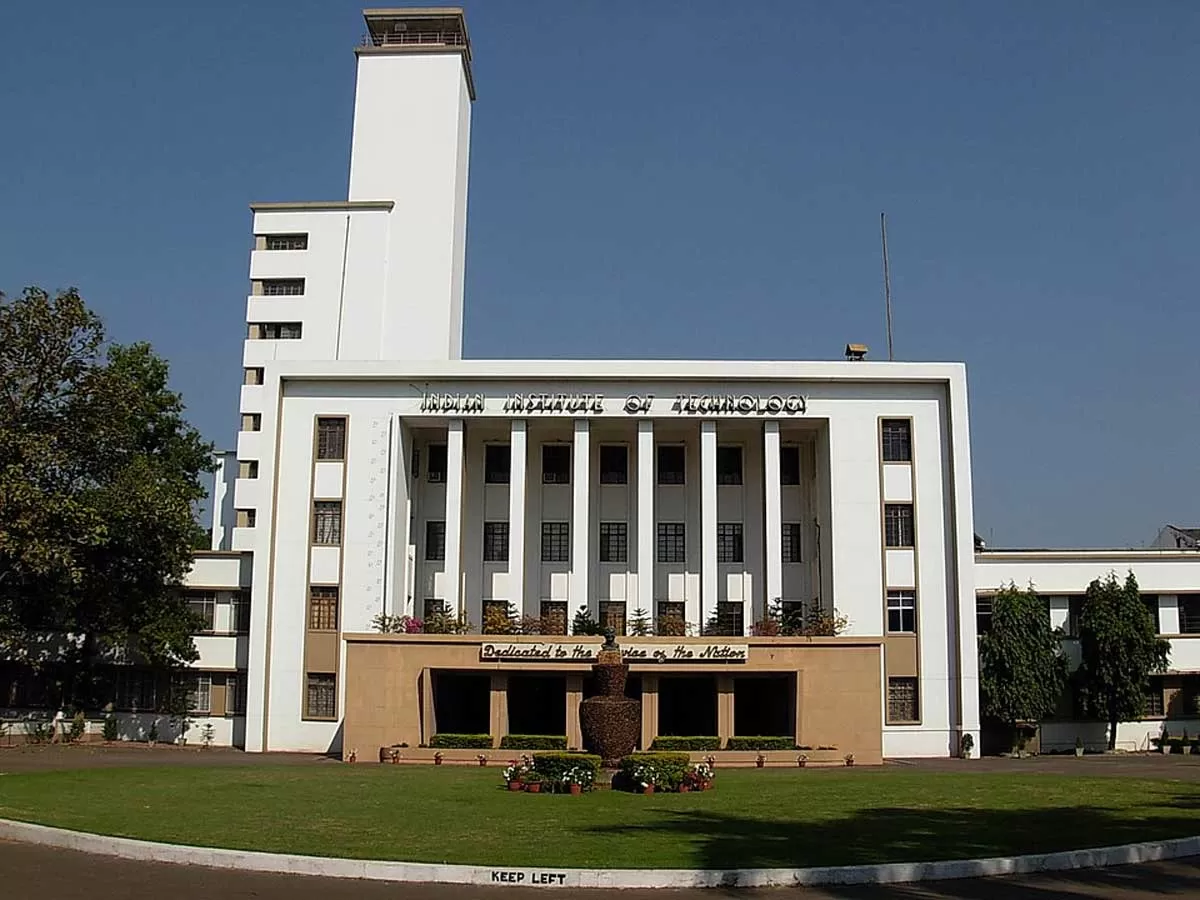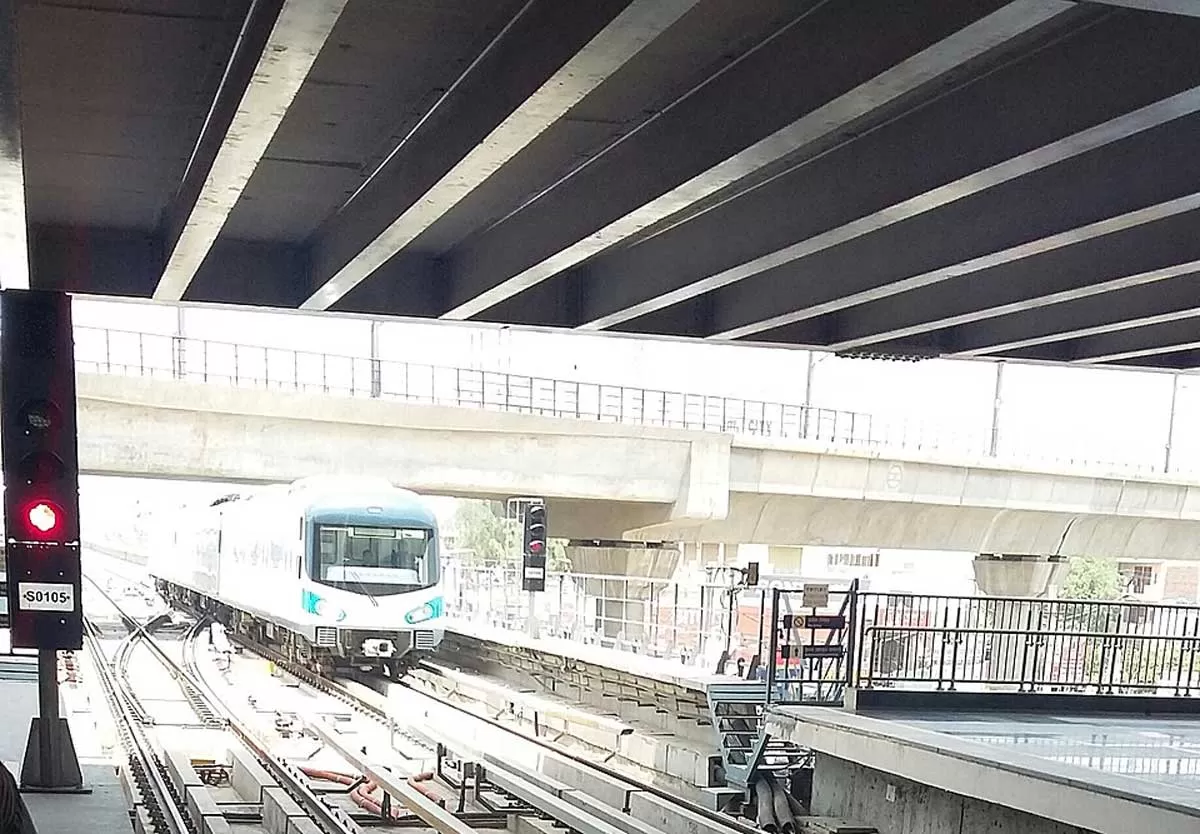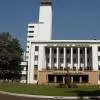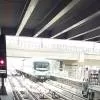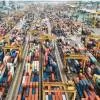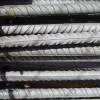The new NMMC headquarters in Navi Mumbai has become an iconic green landmark in the region, writes
AHLAM RAIS.
The idea of building the Navi Mumbai Municipal Corporation (NMMC) came around 2005. Prior to the present location, the site selected was in Vashi, where two existing buildings were present at the site and the NMMC wanted to transform these buildings into the NMMC headquarters. The idea was to bring all the departments under one roof. Hiten Sethi, Architect and Owner, Hiten Sethi Architects, says, "By creating such a structure, the people of Navi Mumbai can avail better services all under one roof." However, later it was decided that a new plot at a prominent location should be selected to create the NMMC headquarters. Sethi adds, "CIDCO has always stated that Navi Mumbai is the city of the 21st century. Besides infrastructure, we required a landmark that will boast the city spirit that is evergreen. We finally settled for the current plot on which the NMMC headquarters now stands due to its strategic location." Both geographical and topographic studies have been carried out for this iconic project.
Design and construction elements
The idea was clear; the NMMC headquarters had to be an iconic structure that becomes a landmark structure for the city of Navi Mumbai. Sethi says, "We knew what we needed and hence did not want to copy or replicate any structure. In our discussions with the Mayor and Commissioner, we realised that features such as a dome or shell should be part of the structure."
Owing to the iconic landmark that had to be created, designing the structure was a challenge. Everything had to be of a bigger and larger volume. "Post-tensioned (PT) beams and slabs have been used to achieve large column-less spaces for the office areas," adds Sethi. "Apart from this, PT span beams of 45 m are rested on column corbels and float bearings by making use of a bridge like technology and methodology to ensure structural safety in case of an earthquake."
The structure is a circular building that is 100 m in diameter and comprises a 45-m diameter triple height atrium. Sethi says, "We did not want any columns in the atrium. We carried out a span of 45 m to cover it at a height of 22 m above ground level. In addition, interesting detailing has been carried out at the entrance with the help of spider glazing systems." The NMMC headquarters comprises three glass-reinforced concrete (GRC) domes; the mega dome at the centre has a diameter of 40 m and is positioned over the Mahasabha Hall. It has been created from structural steel framework and has been given a GRC finish. In fact, it is the largest dome in India made of GRC.
It also includes two other domes that are 12 m in diameter designed in a similar manner. These domes are positioned above the mayor and commissioner's chambers on the fourth floor.
According to Sethi, "The grand entrance pier is made of only five to seven columns and it is supported at the entrance with three-level high floors supported by a flat slab on top, hence there is no false ceiling involved. About 80 per cent of the slab is exposed and painted." This project also comprises 20-m column-less office spaces on all floors. These columns are created with PT slabs. Apart from the triple height grand entrance foyer, the project features a 9-m-wide suspended glass canopy supported by only one column and has made use of a composite stone dry cladding system. Every detail has been executed with the vision that each element should have its own story to tell.
Materials used
In this project, composite marble with a six-side sealed stone has been utilised for exterior dry cladding.
The support system for dry cladding has also been used with the help of aluminium-based technology. "All decorative elements in column cladding, cornices and domes, have been created by GRC," shares Sethi. "For the triple height atrium, we have used a metal ceiling. Composite marble with higher aesthetic value has also been used in the entrance foyer and upper floors." For all glazed areas, DGU is used and lustre paint has been applied on walls. Acrylic emulsions are applied to ceilings instead of plastic emulsions for the interiors.
Epitome of efficiency
The building has been registered with LEED-IGBC for certification and aims to receive the Gold rating for this project. The project also features a rainwater harvesting system with 13 groundwater recharge pits for harvesting surface rainwater and collection tank for terrace rainwater. Sethi shares, "A biogas plant has also been constructed to generate cooking gas for the project. In addition, a sewage treatment plant of 0.150 mld along with a water purification system has been installed at the premises. The treated water is used for cooling towers, flushing and gardening." Sustainable materials in the form of GRC and manufactured stone have been used for dry cladding. This ensures a ventilated facade and keeps interiors cooler. Sethi adds, "The glass does not overpower the boldness of the structure; we have kept a minimal percentage of glass in and around the structure." Apart from this, water-cooled chillers have also been utilised in the project. The cost of the project is about Rs 180 crore and the payback period is seven to eight years. The final result: a green success!
Project details
Project: Navi Mumbai Municipal Corporation Head Office
Client: Navi Mumbai Municipal Corporation. Tel: 022-2756 7001. Website: www.nmmconline.com
Area: 33,259 sq m
Completion: January 2014
Architect: Hiten Sethi Associates. Tel: 022- 2752 5300.
Landscape consultant: SGC.
Green consultant: Godrej consultants. Tel: 022-6796 1128. Website: www.godrejgreenbuilding.com
HVAC consultant: AVC, Mumbai. Tel: 022-4090 7395. Fax: 022-4090 7399. Website: www.avc-group.eu
Civil contractor: Ashwini Infra. Tel: 022-2615 3739. Fax: 022-2610 6504. E-mail: info@ashwiniinfra.com Website: www.ashwiniinfra.com
Air conditioning: SPCMG.
Structural consultant: Sanghvi and Associates, Mumbai. Tel: 022-2614 4832. Website:www.sacpl.co
(For the full version, log on to www.ConstructionWorld.in/webx)
To share your views on this project, write in at feedback@ASAPPmedia.com
